Eagles, majestic birds of prey known for their impressive size and predatory abilities, face significant challenges when winter arrives. While many birds migrate to warmer climates, eagles often employ remarkable strategies to survive and even thrive in frigid conditions. Their winter survival tactics represent fascinating adaptations developed over millions of years of evolution, demonstrating the incredible resilience of these iconic raptors. This article explores the truth about how eagles handle harsh winter conditions, revealing the physical, behavioral, and physiological adaptations that enable their survival during the most challenging season of the year.
The Insulating Power of Eagle Feathers
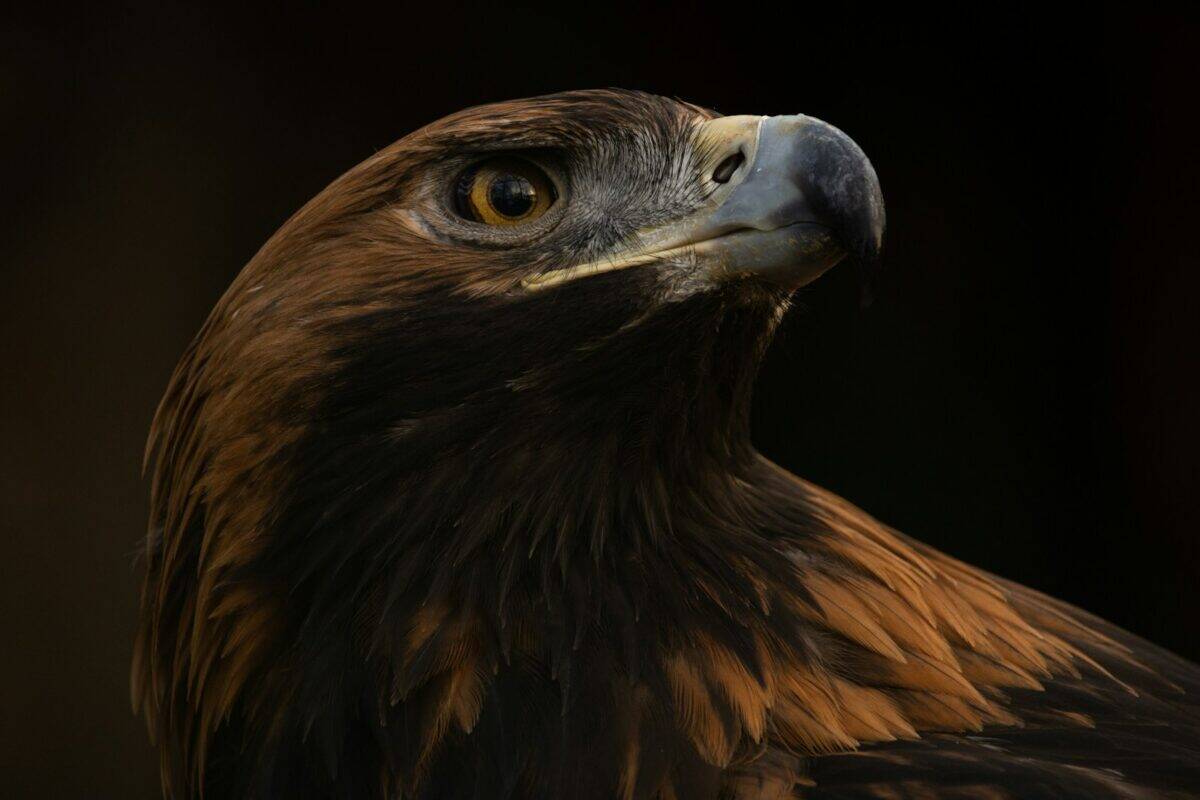
An eagle’s primary defense against winter’s chill begins with its remarkable feather system. Eagles possess approximately 7,000 feathers that create multiple insulating layers. Their plumage includes downy underfeathers that trap warm air against the skin, while the outer contour feathers provide waterproofing and wind protection. Eagles can also fluff these feathers to increase the insulating air space between them, effectively creating a natural down jacket.
This adaptation is so efficient that eagles can maintain their core body temperature at approximately 104-106°F (40-41°C) even when ambient temperatures drop well below freezing. Additionally, eagles regularly preen their feathers, applying oil from their uropygial (preen) gland to maintain waterproofing—critical for preventing dangerous heat loss that would occur if cold water penetrated to their skin.
Specialized Foot Adaptation
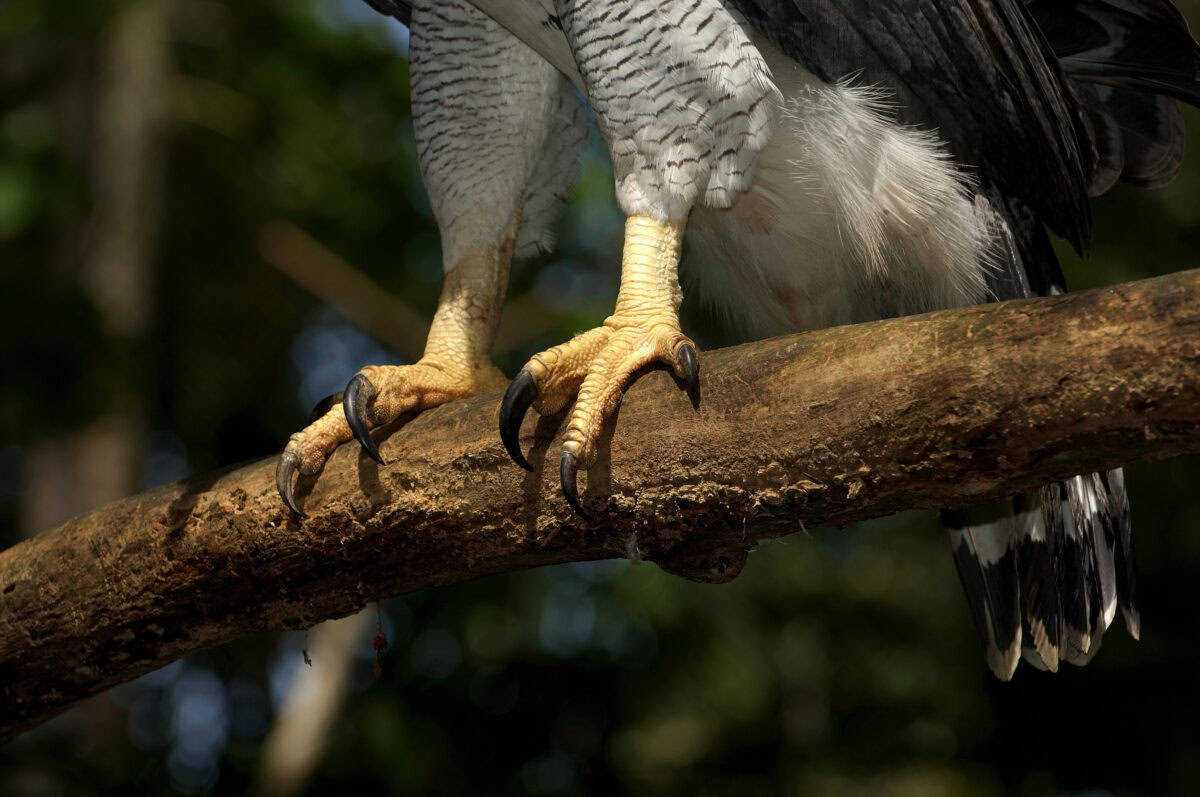
Perhaps one of the most remarkable winter adaptations of eagles is their specialized foot structure. Unlike humans, who would quickly suffer frostbite when touching ice, eagles can stand on frozen surfaces for hours without tissue damage. This is possible because of a countercurrent heat exchange system in their legs called rete mirabile. In this system, arteries carrying warm blood from the body core run parallel to veins returning cooler blood from the extremities.
The warm arterial blood heats the cooler venous blood returning from the feet, while simultaneously cooling before reaching the extremities. This efficient system maintains just enough warmth in the feet to prevent freezing while minimizing overall heat loss. Additionally, eagles’ feet contain minimal muscle tissue and mostly tendons—structures that require less blood flow and oxygen, further reducing potential heat loss through circulation.
Metabolic Adaptations for Cold Weather

Eagles undergo significant metabolic changes as winter approaches. Research has shown that bald eagles can increase their basal metabolic rate by up to 15% during winter months, generating more internal heat. They also develop increased fat reserves during autumn, with subcutaneous fat layers sometimes doubling in thickness by early winter. This not only provides insulation but also serves as an energy reserve during periods when hunting may be challenging.
Eagles are remarkably efficient at conserving energy, often reducing activity during extremely cold periods and sometimes entering a state of reduced metabolism during nighttime hours. Studies tracking eagle energy expenditure have found that they can reduce their caloric needs by up to 30% during winter storms by minimizing movement and seeking sheltered perches.
Strategic Winter Hunting Techniques

Winter transforms the hunting landscape for eagles, requiring adaptive hunting strategies. Bald eagles often shift from primarily fishing to increased scavenging and hunting of waterfowl during winter. They take advantage of weakened or injured prey, particularly in areas where other animals struggle with winter conditions. Golden eagles may focus more on mammals like rabbits and hares that stand out against snow cover.
Eagles also demonstrate remarkable opportunism, often following wolf packs or other predators to scavenge kills. Ice fishing represents another specialized winter hunting technique, where eagles watch for fish moving in open water areas along ice edges. Their exceptional eyesight allows them to spot prey movement from remarkable distances, with visual acuity estimated to be 4-8 times stronger than human vision. This visual advantage becomes particularly valuable when winter reduces available prey and increases the hunting territory needed.
Winter Migration Patterns

While not all eagles migrate, many engage in partial migration strategies driven by food availability rather than temperature alone. Bald eagles from northern regions like Alaska and Canada often move southward as waterways freeze, with tracking studies showing movements of 400-500 miles being common. Interestingly, adult eagles typically migrate shorter distances than juveniles, likely due to their greater hunting efficiency and established territory knowledge.
Golden eagles from arctic and subarctic regions similarly undertake migrations, though their movements are often more altitudinal than latitudinal—moving from higher to lower elevations within a region. Eagles demonstrate remarkable site fidelity, often returning to the same wintering grounds year after year. Research using satellite tracking has revealed that some eagles follow such precise routes that they use the same stopover locations and even the same perching trees during consecutive migrations.
Communal Roosting Behavior
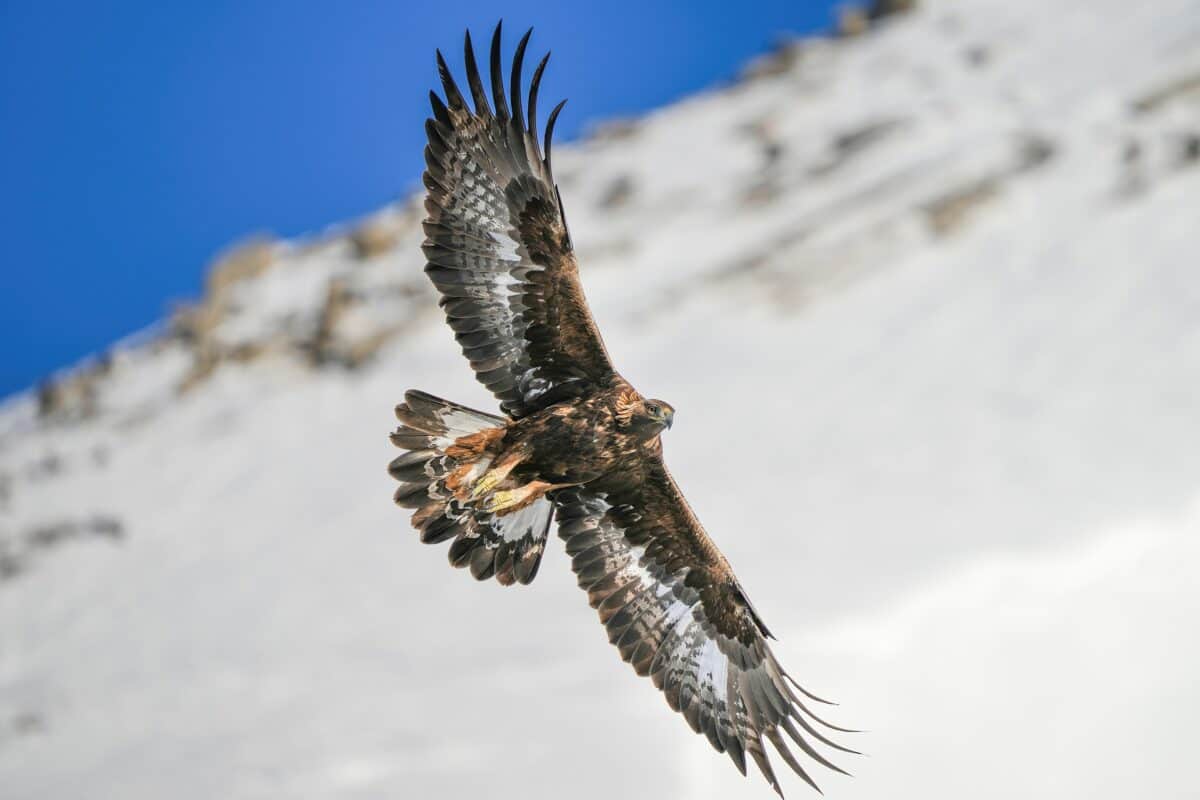
One of the most striking winter behaviors of eagles is communal roosting, where multiple birds gather to spend the night in close proximity. These winter roosts sometimes host dozens or even hundreds of eagles, particularly in areas with concentrated food sources like salmon runs or waterfowl concentrations. Scientists have identified several benefits to this behavior, including thermoregulation advantages, protection from predators, and information sharing about food resources.
Eagles typically select roost sites that offer protection from prevailing winds, often choosing dense coniferous trees or sheltered valleys. Studies measuring temperatures within communal roosts have found that they can be 5-10°F warmer than surrounding areas due to the combined body heat of multiple large birds. This communal roosting behavior decreases significantly during breeding season, highlighting its specific adaptation to winter survival needs.
Behavioral Thermoregulation Strategies

Eagles employ numerous behavioral strategies to conserve heat during winter. They frequently orient themselves to maximize sun exposure, turning their backs to the wind and spreading wings slightly to allow sunlight to penetrate their feathers. During extreme cold, eagles minimize movement to conserve energy and may tuck one foot into their feathers while standing on the other—a posture that reduces heat loss by 50% from one foot.
They also utilize the “head-tucking” posture, placing their beak under their scapular feathers to warm inhaled air and reduce respiratory heat loss. During snowstorms, eagles may remain on their perches for 24-36 hours, moving only when absolutely necessary. Research has documented eagles selecting perch locations based on microclimate conditions, with preferences for spots that are 2-3°C warmer than average ambient temperatures. These behavioral adaptations complement their physiological ones, creating a comprehensive winter survival strategy.
Winter Dietary Shifts

Eagles demonstrate remarkable dietary flexibility during winter months. When preferred food sources become scarce, they readily adapt their diet to whatever is available. For bald eagles, fish consumption often decreases as waterways freeze, with studies showing dietary shifts to include up to 60% waterfowl during midwinter in some northern populations. Golden eagles may increase their consumption of carrion during winter, taking advantage of animals that have succumbed to harsh conditions.
Both species occasionally cache food when they find abundance, returning to these stores during severe weather. Winter diet analysis reveals that eagles consume approximately 50% more calories daily during winter months compared to summer, with adults requiring roughly 400-700 grams of food daily depending on ambient temperature. This increased caloric intake fuels their higher metabolic rate needed for thermoregulation while providing energy reserves for periods when hunting becomes impossible due to severe weather events.
The Role of Snow and Ice in Eagle Hunting

While winter conditions create challenges, snow and ice can also provide hunting advantages for eagles. The contrasting color of prey against snow improves visibility, particularly for golden eagles hunting small mammals. Bald eagles exploit ice formation patterns on lakes and rivers, focusing on areas where ice dynamics create open water zones that concentrate fish. They also target waterfowl that become more vulnerable when limited to increasingly smaller areas of open water.
Research has documented eagles using ice edges as hunting platforms, reducing the energy expenditure required for hovering or continuous flight. In coastal areas, tide and ice interactions create unique hunting opportunities at specific times, with studies showing increased feeding activity during falling tides when fish become trapped in ice-constrained pools. Eagles have even been observed using ice floes as floating platforms to rest while remaining near productive fishing areas, demonstrating their adaptability in using winter elements to their advantage.
Physiological Cold Adaptations
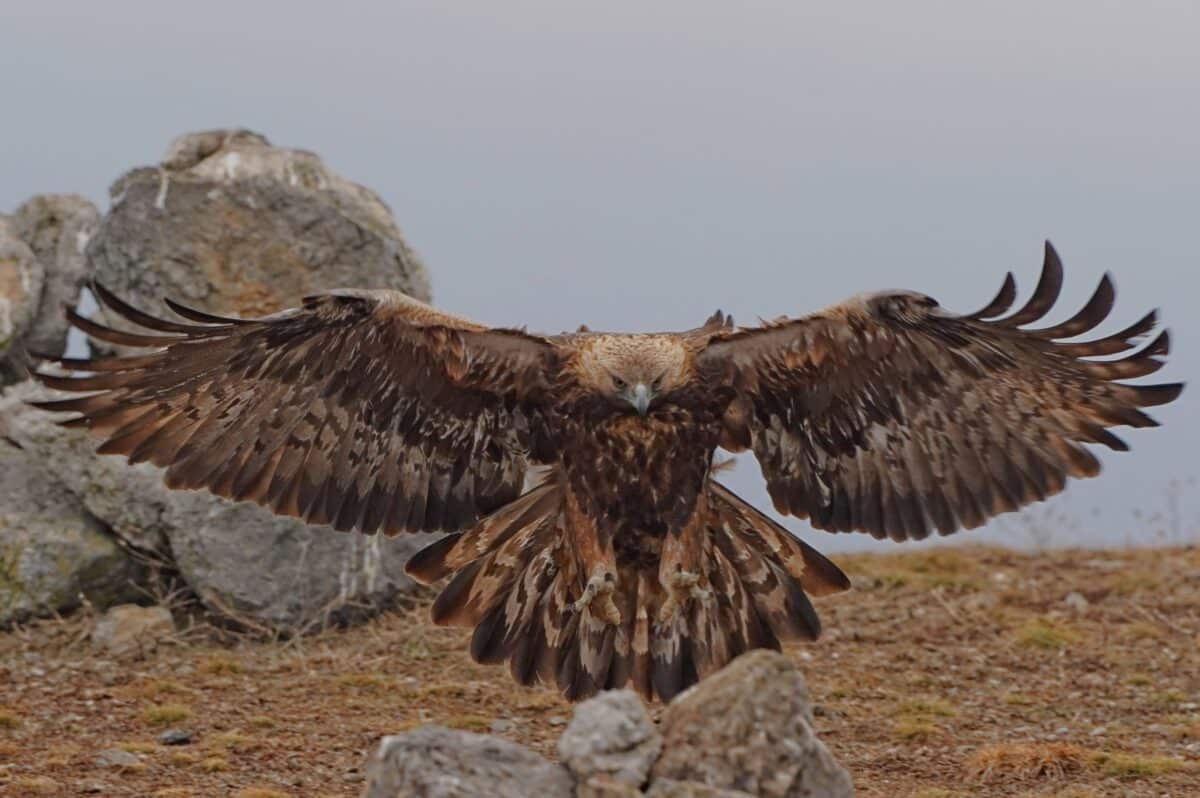
Beyond their visible adaptations, eagles possess numerous internal physiological mechanisms for winter survival. Their blood contains specialized proteins that function as natural antifreeze, preventing tissue damage during exposure to extreme cold. Eagles can also shunt blood flow between their core and extremities based on thermoregulatory needs, reducing circulation to non-essential areas during extreme cold. Their respiratory system includes adaptations to warm incoming air and recapture heat from exhaled breath.
Studies have found that eagles can extract up to 60% more oxygen from each breath in cold conditions compared to warmer temperatures, an adaptation that maximizes the energy derived from respiration. Their digestive systems also demonstrate seasonal adaptations, with research showing increased gut length and absorptive efficiency during winter months, allowing them to extract more calories and nutrients from each meal. These physiological adaptations represent millions of years of evolutionary refinement, creating a highly efficient cold-weather survival system.
Climate Change Impacts on Winter Survival Strategies
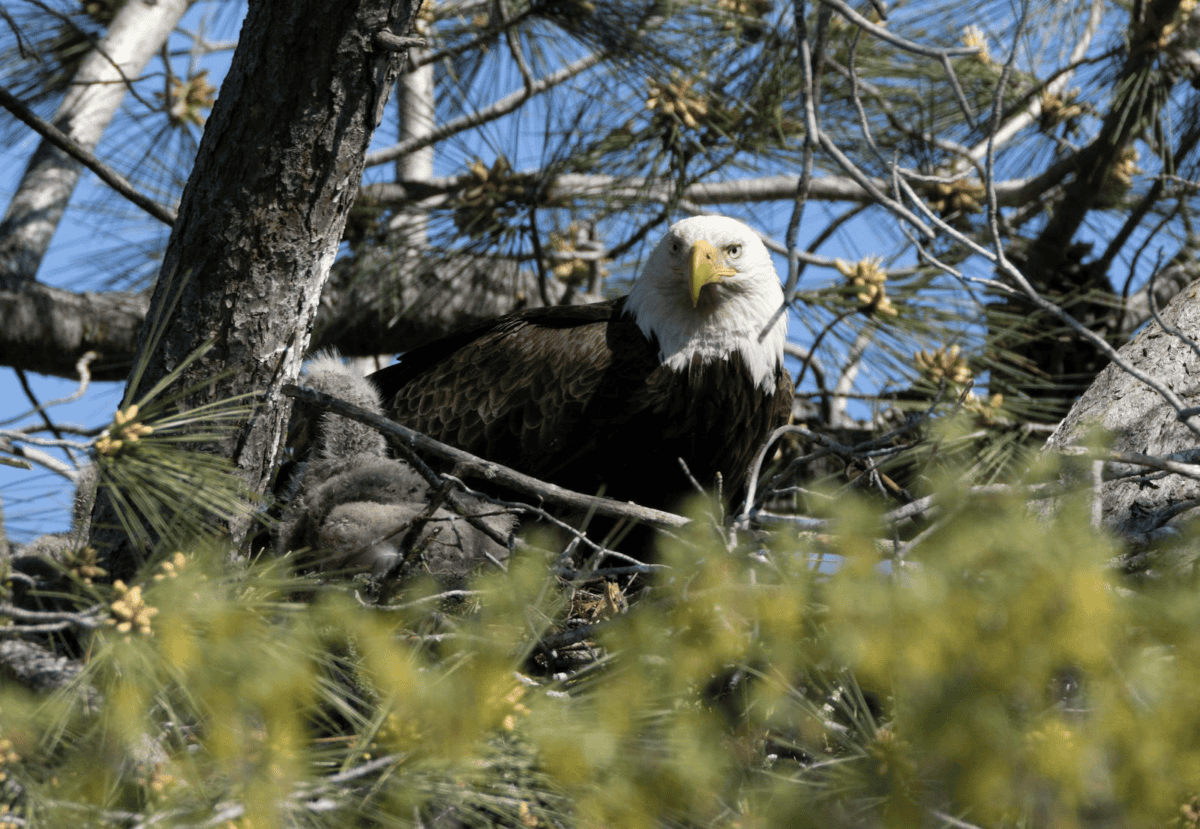
As climate patterns shift, eagle winter survival strategies are also changing. Research tracking eagle movements over decades has documented northward shifts in winter ranges for both bald and golden eagles, with some populations remaining year-round in areas that historically would have been too harsh for winter residency. Changing ice patterns on waterways alter traditional hunting grounds, creating both challenges and opportunities.
Eagles appear to be demonstrating behavioral plasticity in response—adjusting migration timing, winter territory selection, and prey preferences. Studies comparing eagle winter behavior between the 1980s and 2010s found significant differences, with contemporary eagles showing reduced migration distances averaging 30-50 miles less than historical patterns. However, increasing winter weather volatility presents new challenges, as extreme weather events can temporarily overwhelm even the eagles’ impressive adaptations. Scientists continue monitoring these changes, as eagles’ responses to climate shifts provide valuable indicators of broader ecosystem impacts.
Historical and Cultural Significance of Eagle Winter Resilience
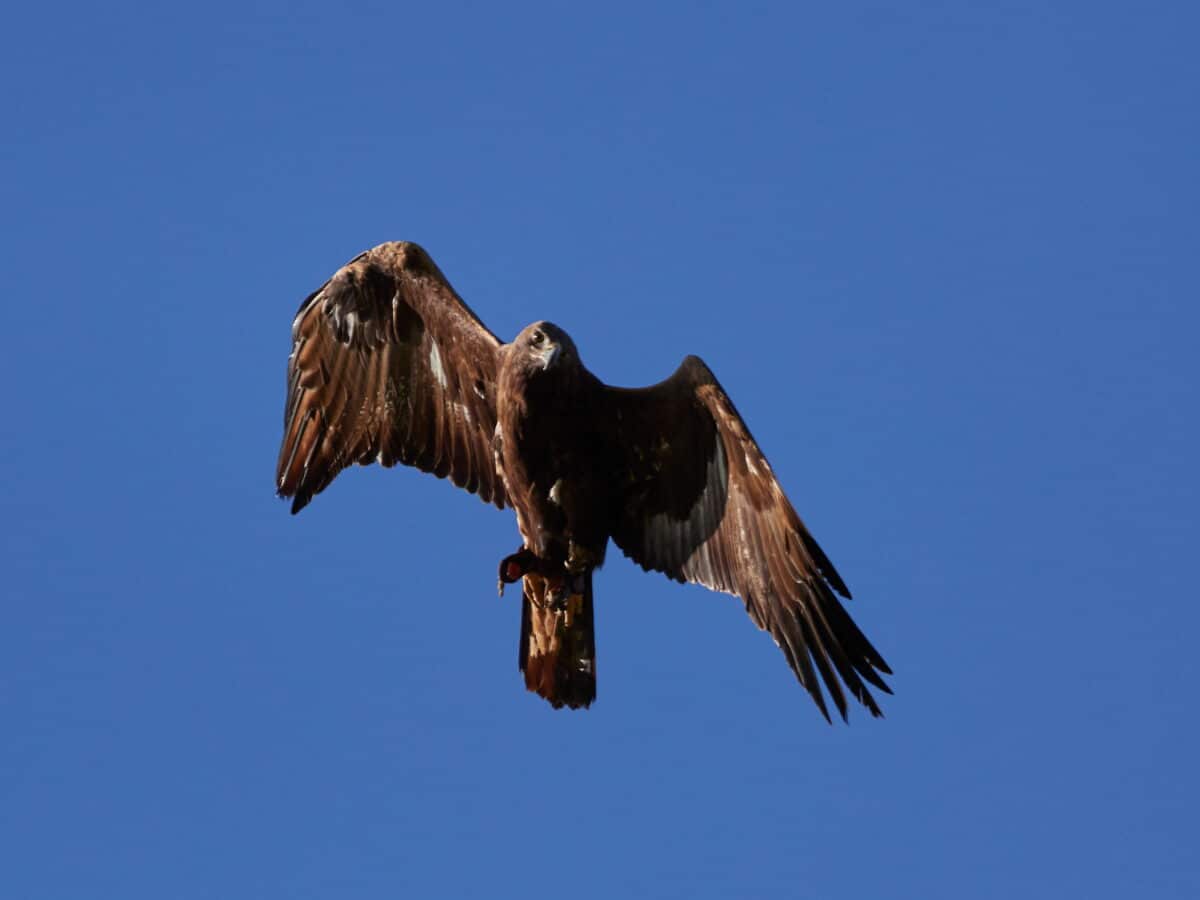
The ability of eagles to thrive in harsh winter conditions has not gone unnoticed throughout human history. Many indigenous cultures incorporated eagle winter behavior into their ecological knowledge systems, with some traditional calendars marking seasons by eagle behaviors. The Bald Eagle’s selection as the national symbol of the United States was influenced partly by its perceived hardiness and resilience in adversity—qualities embodied by its winter survival abilities.
Historical accounts from early naturalists like John James Audubon documented eagle winter behavior with admiration, noting their ability to hunt successfully when other species struggled. Eagle winter resilience continues to inspire contemporary human endeavors, from biomimetic engineering of cold-weather gear to philosophical perspectives on perseverance. The ongoing research into eagle winter adaptations not only expands our understanding of these magnificent birds but also potentially informs conservation strategies for ensuring their continued survival in changing environmental conditions.
Conclusion: Nature’s Winter Warriors

Eagles represent nature’s ultimate winter warriors, equipped with an impressive array of adaptations that allow them to not merely survive but thrive in conditions that would be fatal to many other species. From their specialized feather structure and remarkable foot adaptations to their sophisticated behavioral strategies and physiological mechanisms, eagles demonstrate the extraordinary potential of evolutionary adaptation.
These magnificent birds remind us of nature’s ingenuity in solving the complex challenges of winter survival. As climate conditions continue to change, the adaptability that eagles have demonstrated throughout their evolutionary history will likely prove crucial to their ongoing success, though human conservation efforts remain essential to ensuring they have the habitat and resources needed to exercise their remarkable winter survival skills for generations to come.
- New Record: The Longest Eagle Flight Ever Tracked - August 24, 2025
- The Most Dangerous US States for Animal Attacks - August 24, 2025
- Wild Lynx Spotted for the First Time in a Century - August 24, 2025

